
"Abnormal labour" generally refers to any deviation from the expected pattern. Identifying and understanding these complications early can help manage risks and improve outcomes for both mother and baby. Thanks to advancements in medicine, most cases are manageable.
What is Abnormal Labour? | Here's the Truth
Abnormal labour sounds scary, but it’s manageable. Here's what you need to know, explained simply by the experts.
Complications can vary, with some posing significant risks. The most common complication is anaemia, while more serious complications include placenta previa and preeclampsia.
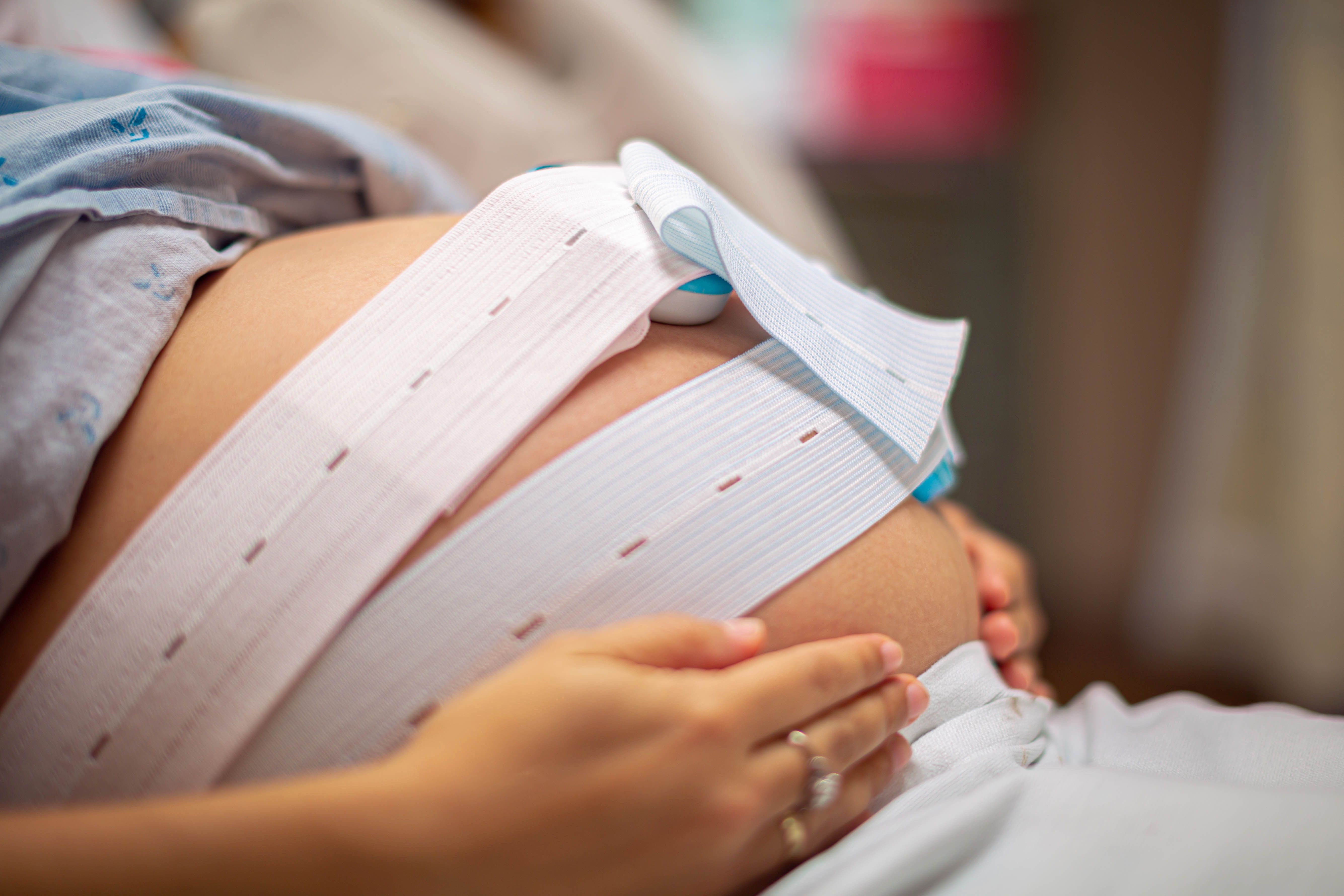
Placenta Previa
It is a pregnancy complication where the placenta partially or fully covers the cervix. It can pose serious risks during delivery. Management typically involves bed rest, close monitoring or a C-section in severe cases.
Preeclampsia
Characterised by high blood pressure and protein in the urine, if untreated it can lead to risks like preterm birth or risks to the mother. Regular prenatal check-ups help in the early detection and management of preeclampsia.
Posterior Position of the Baby
During labour, the baby faces the mother's abdomen, which can make it difficult to descend. Certain positions and movements, such as hands-and-knee position, pelvic tilts, and lunges, may help the baby rotate, allowing smoother delivery.
Abnormal Labour refers to complications in labor can lead to risks for both mother and baby, sometimes requiring procedures like a C-section to ensure safe delivery.
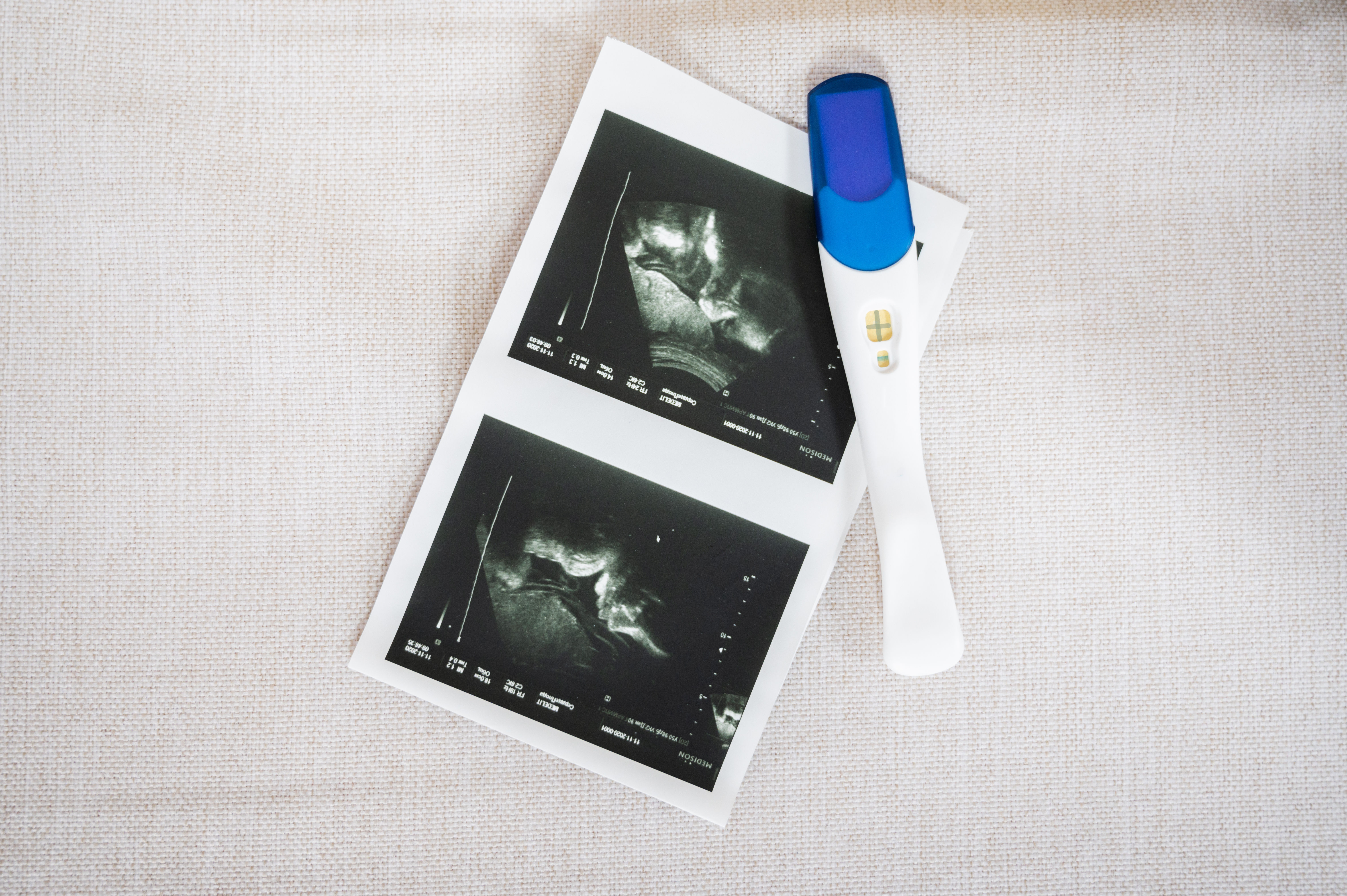
When discussing labour progression, four essential factors play a critical role. An imbalance in any of these factors can lead to abnormal labour patterns:
The third stage of labour involves delivering the placenta. Complications at this stage require prompt management to ensure the safety of the baby and mother.

Prolonged Labour
Prolonged labour can lead to maternal exhaustion and increase stress on the baby, often requiring a C-section or assisted delivery. It also raises the risk of infection, as prolonged labour increases the chance of bacteria entering the uterus.
Obstructed Labour
Obstructed labour occurs when the baby cannot descend. This condition can lead to severe complications, including uterine rupture, and often requires an emergency C-section.
Posterior Position
When the baby’s head faces the mother’s front, it can cause back pain and slow the labour process. Adjusting the mother’s position or attempting manual rotation can sometimes help.
Fetal distress refers to signs that a baby is not coping well during labour, often due to a lack of oxygen. Recognising fetal distress is crucial for timely intervention.
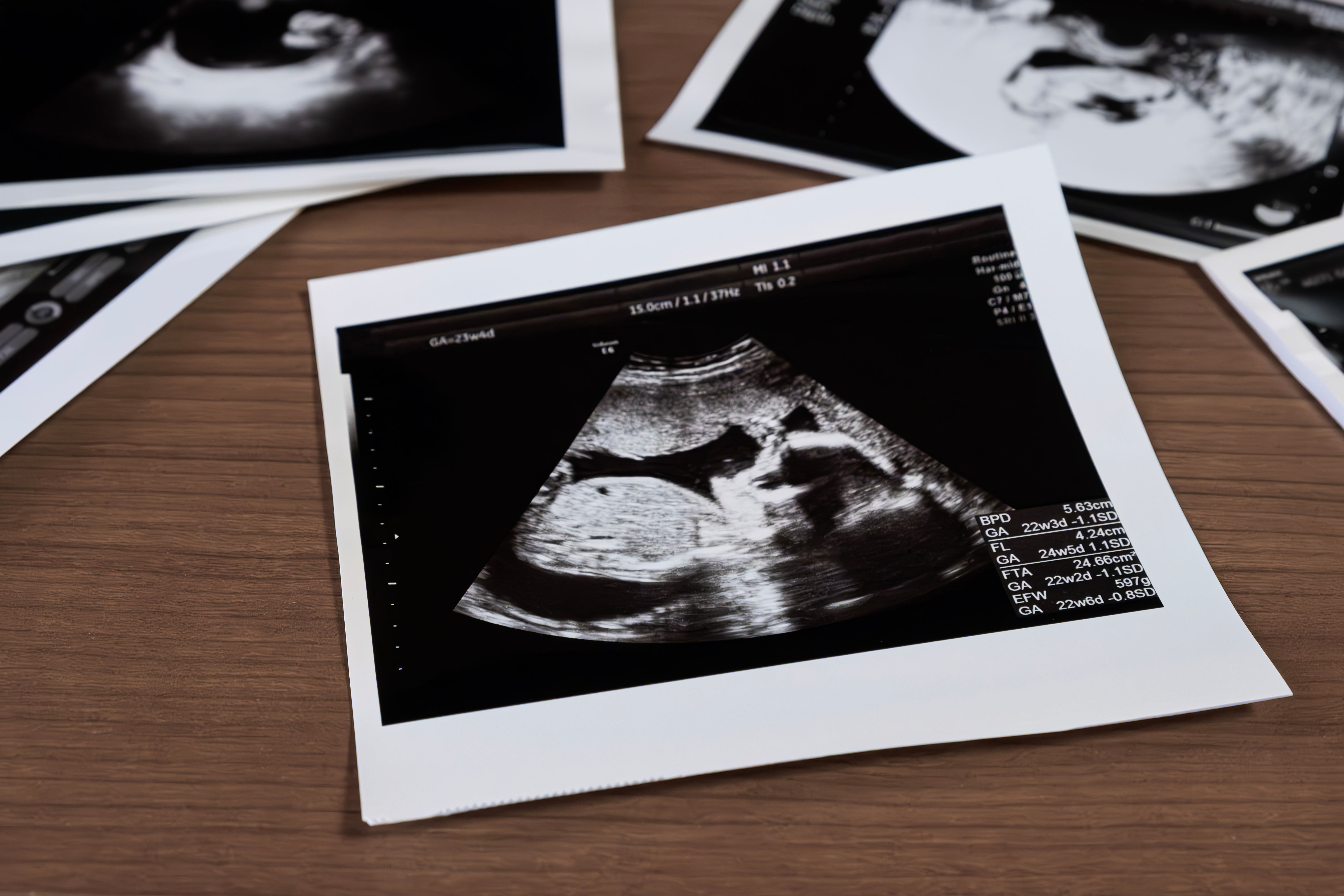
Fetal distress can occur when a baby encounters difficulties during labour, often due to reduced oxygen levels or other stressors. Common causes include abnormalities in the baby’s heart rate, which is a primary indicator. For instance, a low heart rate may signal insufficient oxygen, while an elevated heart rate could indicate maternal infection or dehydration.
Early identification of fetal distress can be critical to ensuring a safe delivery for both mother and baby. Common signs of fetal distress include:

Calm labour
Practice yoga or hypnotherapy techniques to ease stress and discomfort in abnormal labour.

Choose together
Make an informed decision along with your family about your pregnancy treatment options.
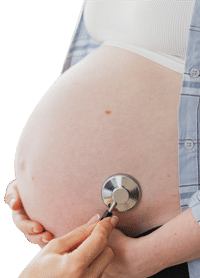
Hospital check-in
If you notice blood in discharge or your water breaks, head to the hospital immediately

Diet check
Always seek your doctor’s advice to make sure your diet intake is safe for you.
Perineal tears are common during childbirth, especially for first-time mothers. The tears vary in severity and typically heal with proper care.
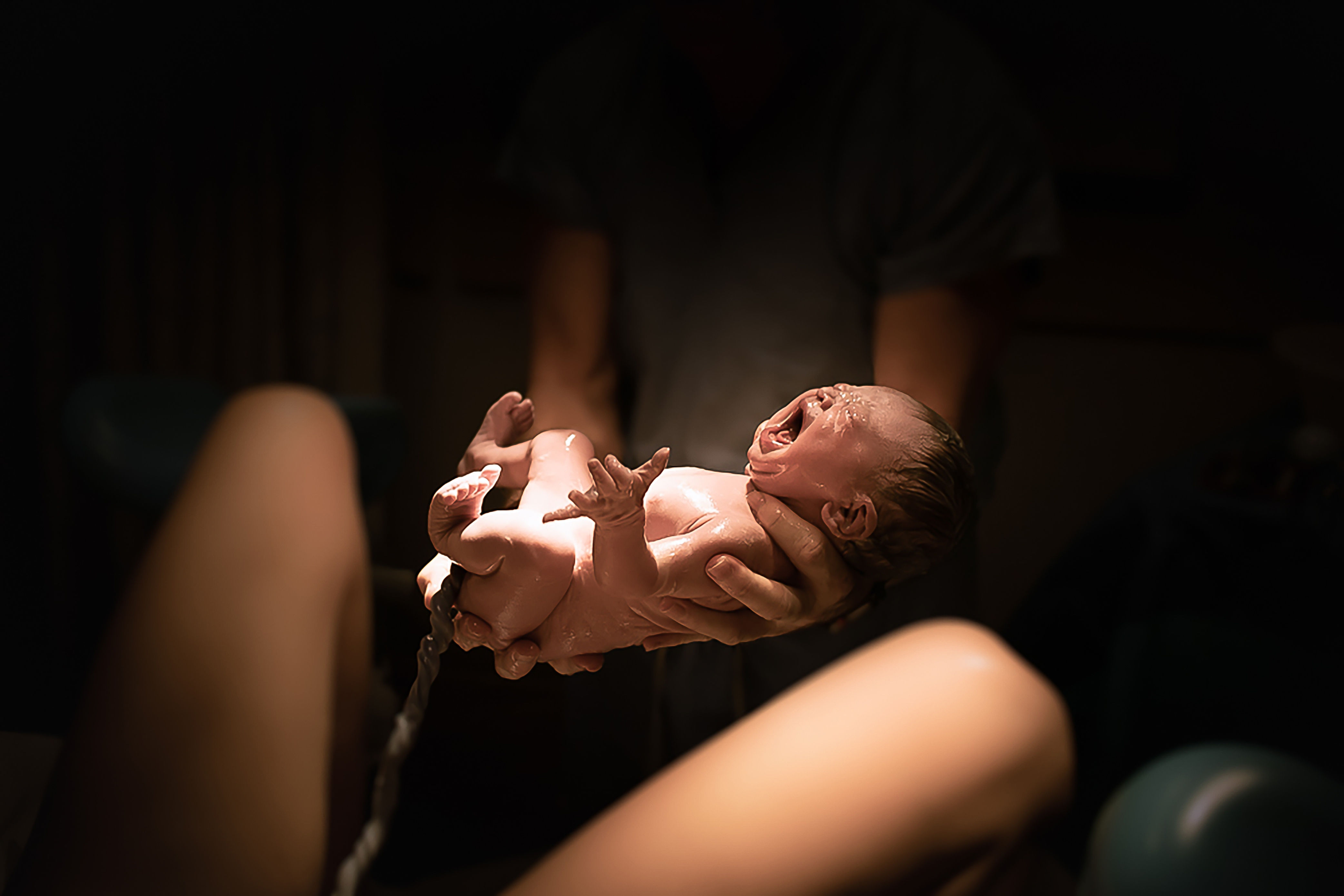
Perineal tears refer to lacerations or breaches in the tissue between the vagina and anus during childbirth.
Perineal tears are categorised by depth and severity, which helps doctors determine the appropriate treatment and care.
Perineal tear repair involves suturing the torn tissue to aid in healing and prevent complications. Minor tears may heal with basic stitches, while third and fourth-degree tears require surgical repair. Proper repair reduces the risk of infection and supports a smoother recovery for the mother.

Discover trusted advice from experts for all stages of your parenting
Take care of your health through every trimester. Explore essential pregnancy tests.
The most common complication during labour is "failure to progress," often caused by factors such as maternal fatigue, an unfavourable baby position, or weak contractions.
The four danger signs in labour include severe abdominal pain, heavy vaginal bleeding, high blood pressure, and reduced fetal movement.
The three abnormal labour patterns are prolonged, obstructed, and dysfunctional contractions.
Signs of abnormal labour include prolonged contractions, intense back pain, lack of cervical dilation, and fetal distress.
The four essential factors for labour progression, known as the 4 P's, are Power, which refers to the strength of contractions; passenger, which refers to the size and position of the baby; passage, which refers to the size and shape of the pelvis; and Psyche, which refers to the mental state of the mother.